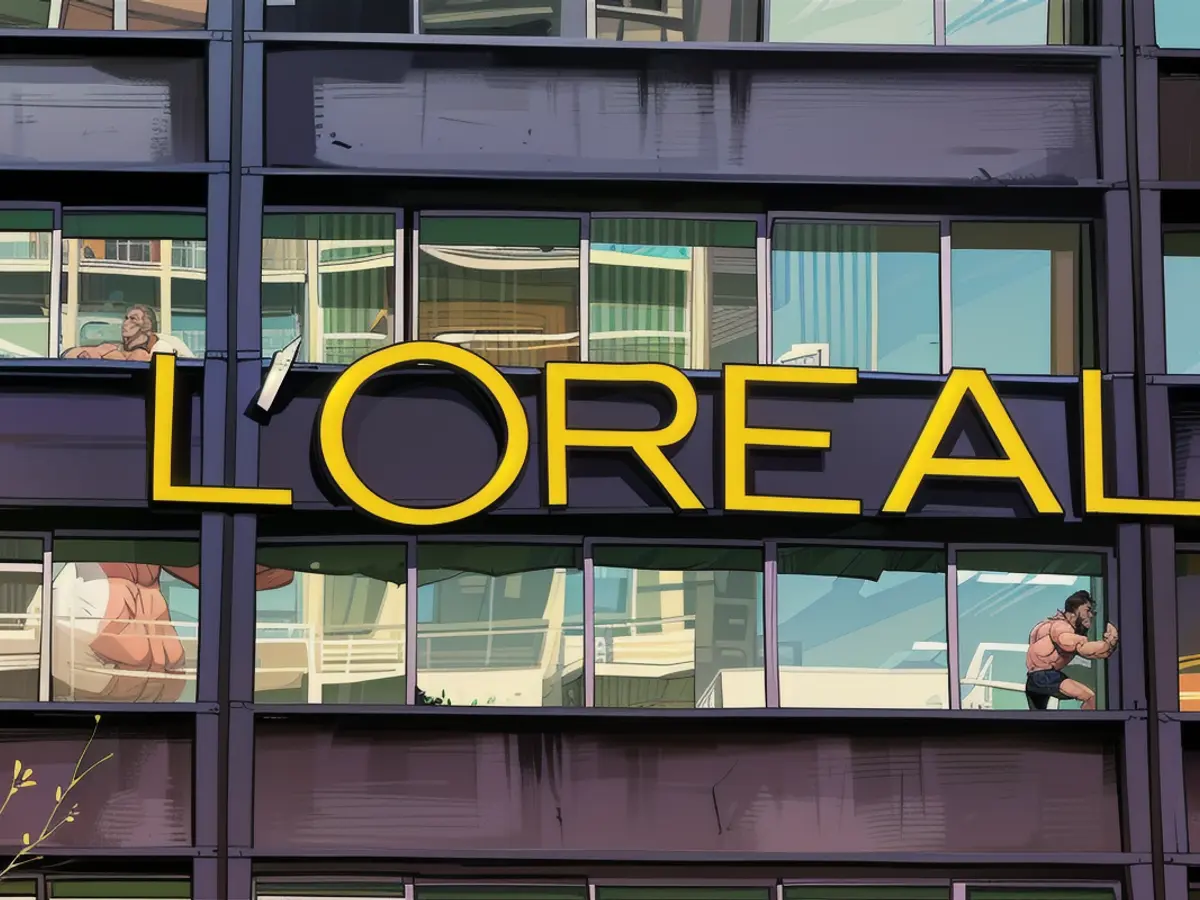Misleading packaging by L'Oréal - Bundesgerichtshof schützt Verbraucher: Zwei Drittel füllen ist zu wenig
The Federal Court of Justice (BGH) has taken a stand against misleading packaging: Packaging that does not match its actual content volume can mislead consumers, said presiding judge Thomas Koch. This applies regardless of the sales channel.
Recently, the issue arose over a men's shampoo tube from L'Oréal. The clear, plastic tube contained 100 milliliters of shampoo. The brand showcased the shampoo on the transparent lid in their online advertisements. While the lower part was clear and displaying the orange-colored shampoo, the top portion up to the fold was silver-coated, making the missing content invisible.
Misleading marketing: Empty promises from L'Oréal
The complainant in the issue was the Consumer Center in Baden-Wuerttemberg. They argued that the advertisement seemed to suggest a completely filled tube, but upon closer inspection, it was not. When you physically handle the tube, you realize that it is not filled to the top. As such, the marketing was misleading and should be discontinued.
In the initial phase, the Consumer Center had advised the manufacturer against using such packaging. When this request was ignored, they sought legal action. However, both the district court and the Higher Regional Court in Dusseldorf did not concur with the Consumer Center's argument. The BGH, on the other hand, approved the lawsuit and mandated that L'Oréal discontinue this packaging style in the future.
Only two-thirds filled: A misleading presentation
The Karlsruhe court wasn't content with just resolving this specific case. The BGH declared that "the packaging of a product in general is typically not proportionate to the content volume ('deceptive packaging') if it is only two-thirds filled." There is a "significant consumer interest conflict" in such instances because the packaging "falsely conveys the relative content volume."
Exceptions exist to this rule. For example, if there are unavoidable technical constraints or if the packaging clearly exposes the actual content. Neither of these scenarios applied in this case. With the packaging design itself, the advertising was also deemed unfair by the BGH. This has no bearing on the type or medium of the advertisement.
Consumer Center: A call for action against overpackaging
The managing director of the Consumer Center in Baden-Württemberg, Cornelia Tausch, hailed the decision: "This sets a precedent for all manufacturers to practice restraint when it comes to packaging." We hope that the position of consumers will be further bolstered by the upcoming EU packaging regulations.
The European Parliament adopted these new regulations at the end of April. They intend to enforce manufacturers to minimize the weight and volume of packaging. The ultimate goal is to gradually decrease packaging waste within the EU. Following the European Parliament's vote, the European Union member states now only need to approve the new regulations. This is usually a given.
Read also:
- Lack of snow also opens up new opportunities for winter tourism
- Abrupt end to e-car subsidies
- The chemical industry has little confidence
- Intersport boss hopes for sales boom through sporting events
- The Consumer Advice Center in Baden-Württemberg appealed to the Federal Court of Justice (BGH) after warning L'Oréal about their deceptive packaging of a men's shampoo tube, which only contained two-thirds of the promised filling quantity.
- In line with the EU's upcoming packaging regulations, Cornelia Tausch, the managing director of the Consumer Center in Baden-Württemberg, expressed hope that manufacturers will be encouraged to reduce packaging waste, promoting sustainability and consumer interest.
- The European Union is set to enforce new regulations aimed at minimizing the weight and volume of packaging for manufacturers, with the ultimate goal of decreasing packaging waste within the EU.
- The Federal Court of Justice (BGH) ruled that L'Oréal's use of deceptive packaging, which hid the fact that only two-thirds of the shampoo was filled inside the transparent lid, violated consumer rights and ordered the luxury brand to discontinue this packaging style.
Source:








